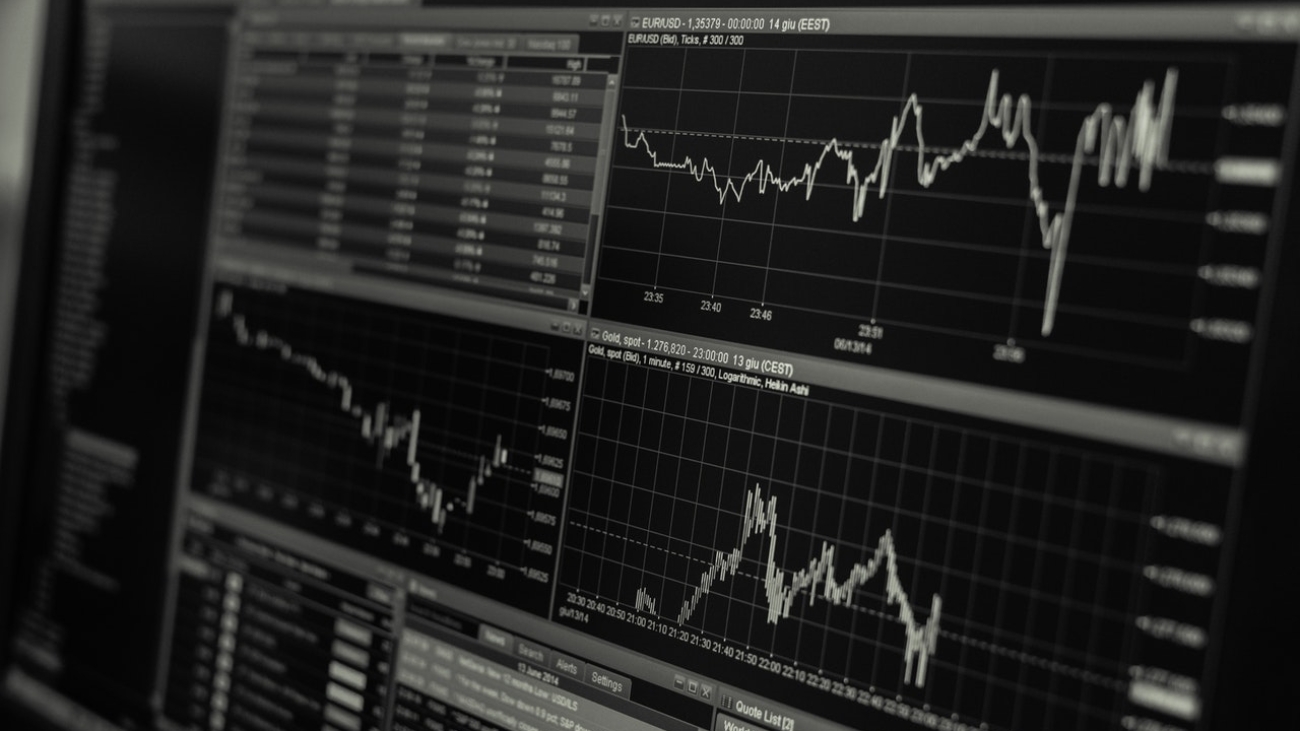From the basics, you need to think the Supply Chain as robust global network and as such many nodes are interconnected. If any of these connections are disrupted then the final outcome will be affected. This is what has happened (and still is) with the Global Supply Chain.
Lets go back to the early 2020 when the COVID-19 situation started to alarm the world and cases of infected people ramped up. Countries borders were closed, manufacturing facilities shut down same as retailers and distribution system has been reduced to the minimum needs.
As soon as the global lock down has been taken place, a few things happened then that affected today’s Supply Chain:
- Manufacturers had to shut their operations down to let people get locked in their homes and because there was no visibility at all of the outcome of the pandemic.
- Shipping containers sited in ports and distribution centers’ parking lots not having the plan to be shipped back.
- People had to change their work routine and consumption statu-quo.
With all those factors in place and total Demand planning blindness, the value chain has stopped the supply flow from end-to-end. Thus, shipping companies had reduced to the minimum their frequency carrying mostly PPE products around the world, manufacturers also reduced (if not cancelled) all their production lines, stop buying materials and even got redundant most of their employees.
While all these happened, people started changing their consumption behavior, shopping on-line and mostly home-entertainment products. Most of it in stock throughout different Distribution Centers.
As soon as vaccines come along to the world, the global economy started running again. This is moment when the companies found the Supply Chain disruption.
Having paused the Supply Planning and Manufacturing for almost a year would definitely comes with a negative outcome. It suddenly found the world “open” again for consumption and, as it happened many times before, consumers wants their products on the shelves or on-line straight away.
Demand has triggered the new demand and manufactures started catching up with it. The main constraint now is that the whole supply chain had to do the same thing and with no containers available and still countries locked for the COVU-19 not all supply Tiers can cope with its materials. Therefore, and coming to the first paragraph, if the chain is interrupted by one node’s disruption, the out come is negative.
On the other hand, while consumption ramped up and manufacturers are catching up with demand, we are also having to deal with logistics break-downs. As explained before containers are stacked in many global locations and not many shipping companies are reaching those points to get them back again to origin. So it will take some time (same as raw material supply and manufacturing delivery) to get all shipping networks back on track again.
In brief, having disrupted the Global Supply Chain Planning for almost a year the outcome of it was never going to be positive. And today we are facing those problems: Cost Increase, Products shortages, Logistics bottlenecks, Customers unsatisfied. Good news is that Supply Chain is catching up again with volatile demand (sooner than later) and also pushing companies to take much more care about the risk management across the chain.

